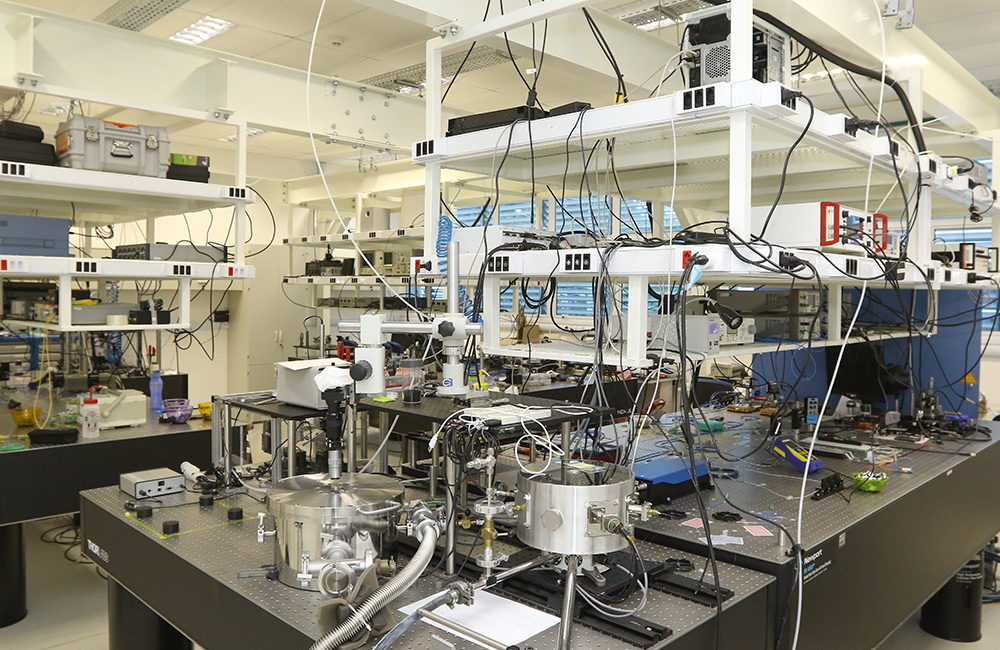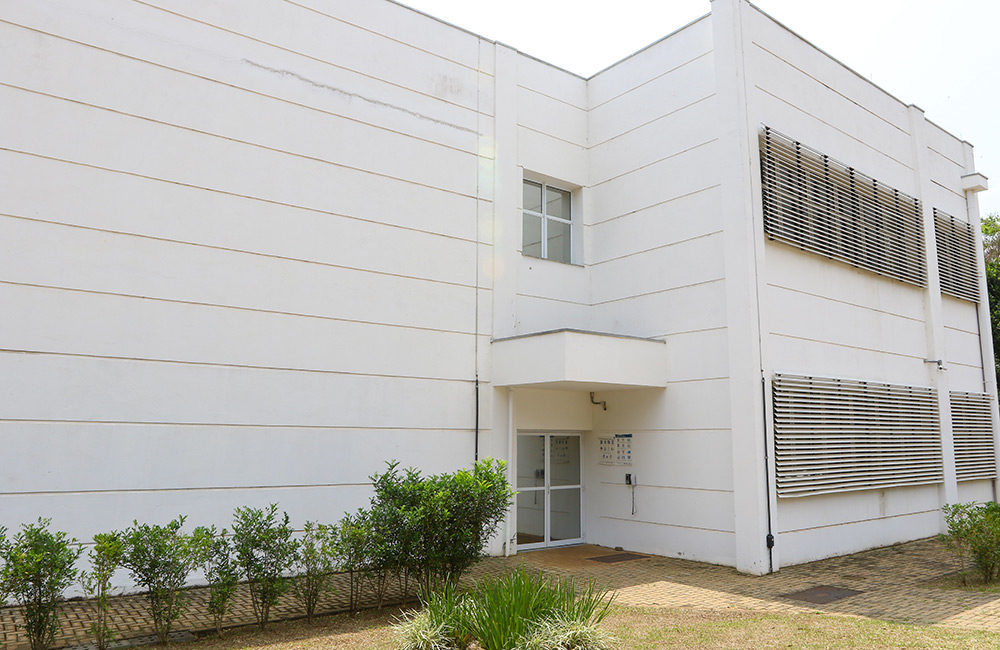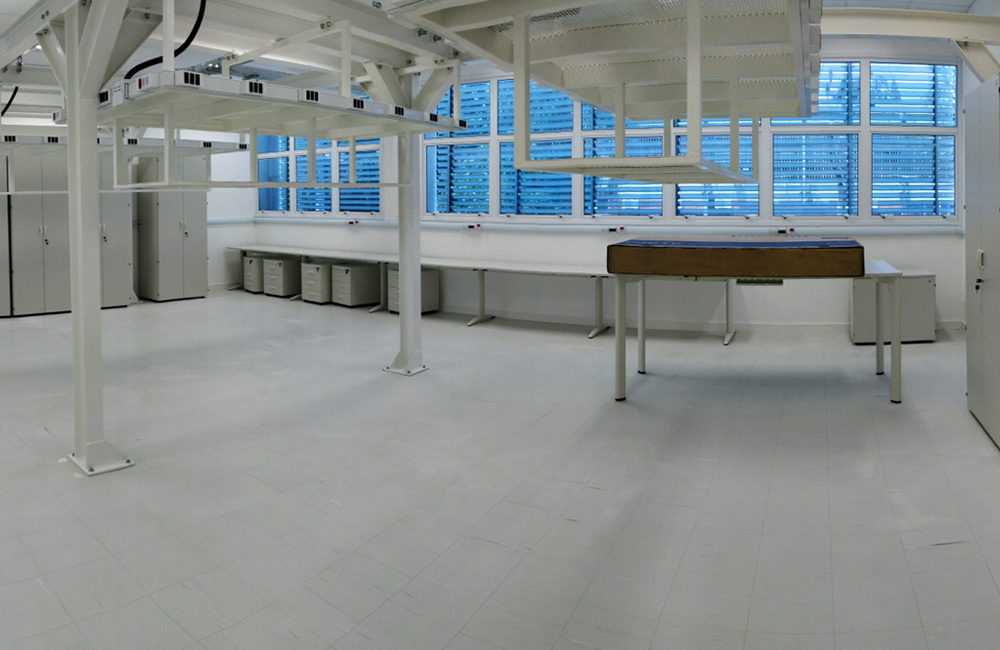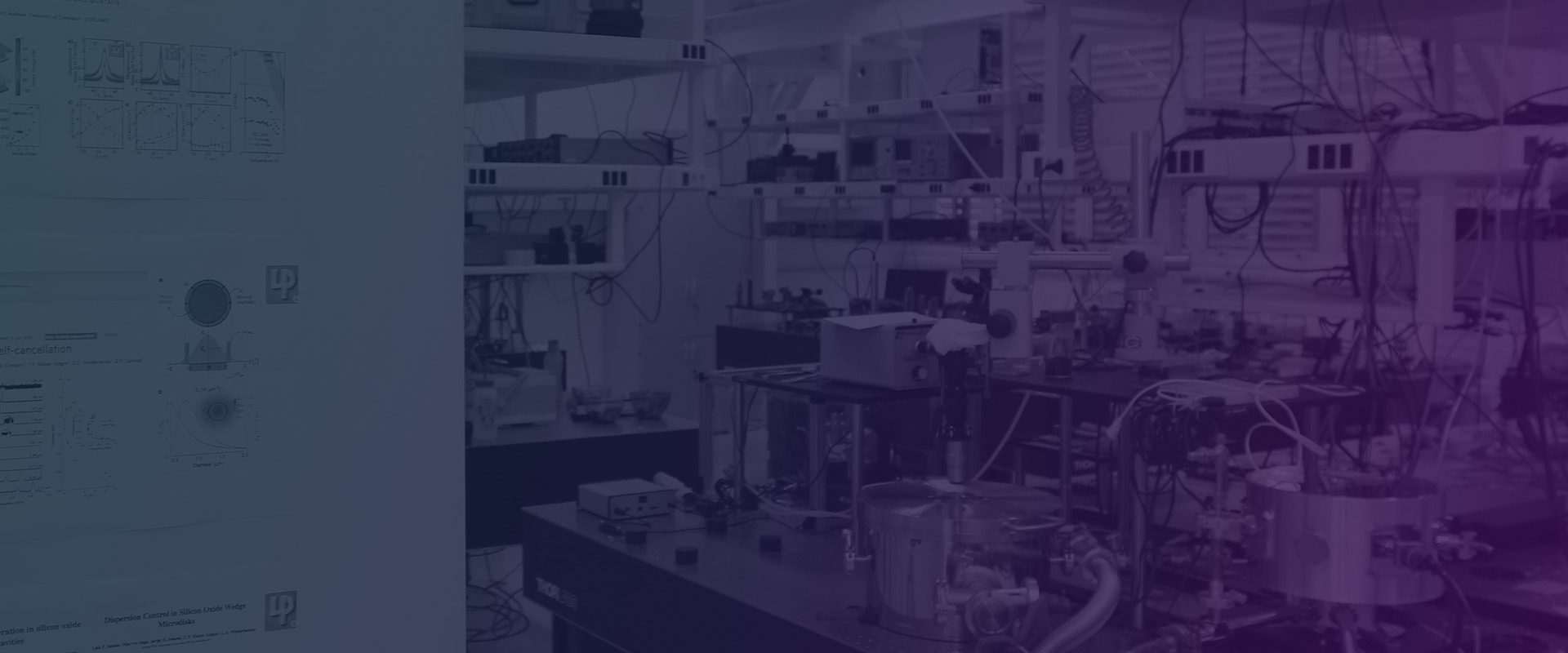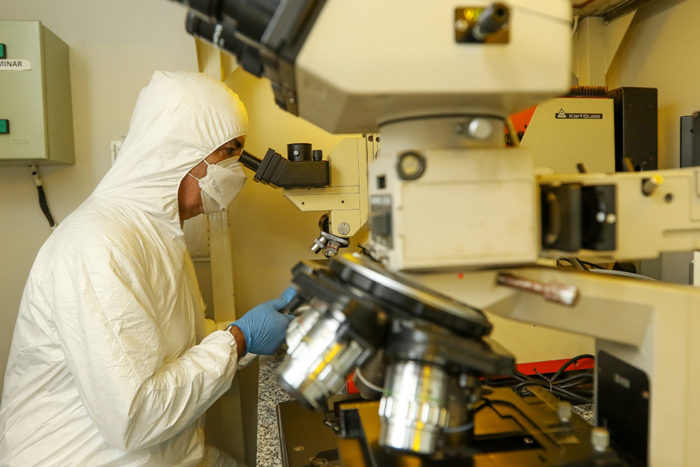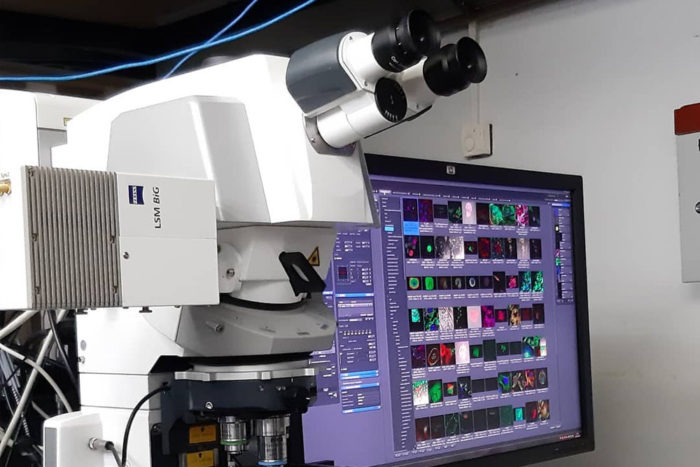Laboratory for Optical and Microwave Communications (LAPCOM):
The Optical and Microwave Communications Laboratory works with semiconductor optical amplifier (SOA) applications in optical networks, including fast electro-optical (EO) switching, wavelength conversion, and pulse regeneration. The group has experimentally implemented a new technique to improve the speed of EO switching, called PISIC, with tenfold reduction of switching time in SOA, reaching a few hundred picoseconds. Future improvements include gorge filtering and increasing the switching extinction ratio. In addition, research in mobile communication and hybrid optical-mobile networks is underway. The lab has instruments for optical switching and wireless communication, with a CDMA base station donated by Motorola.
